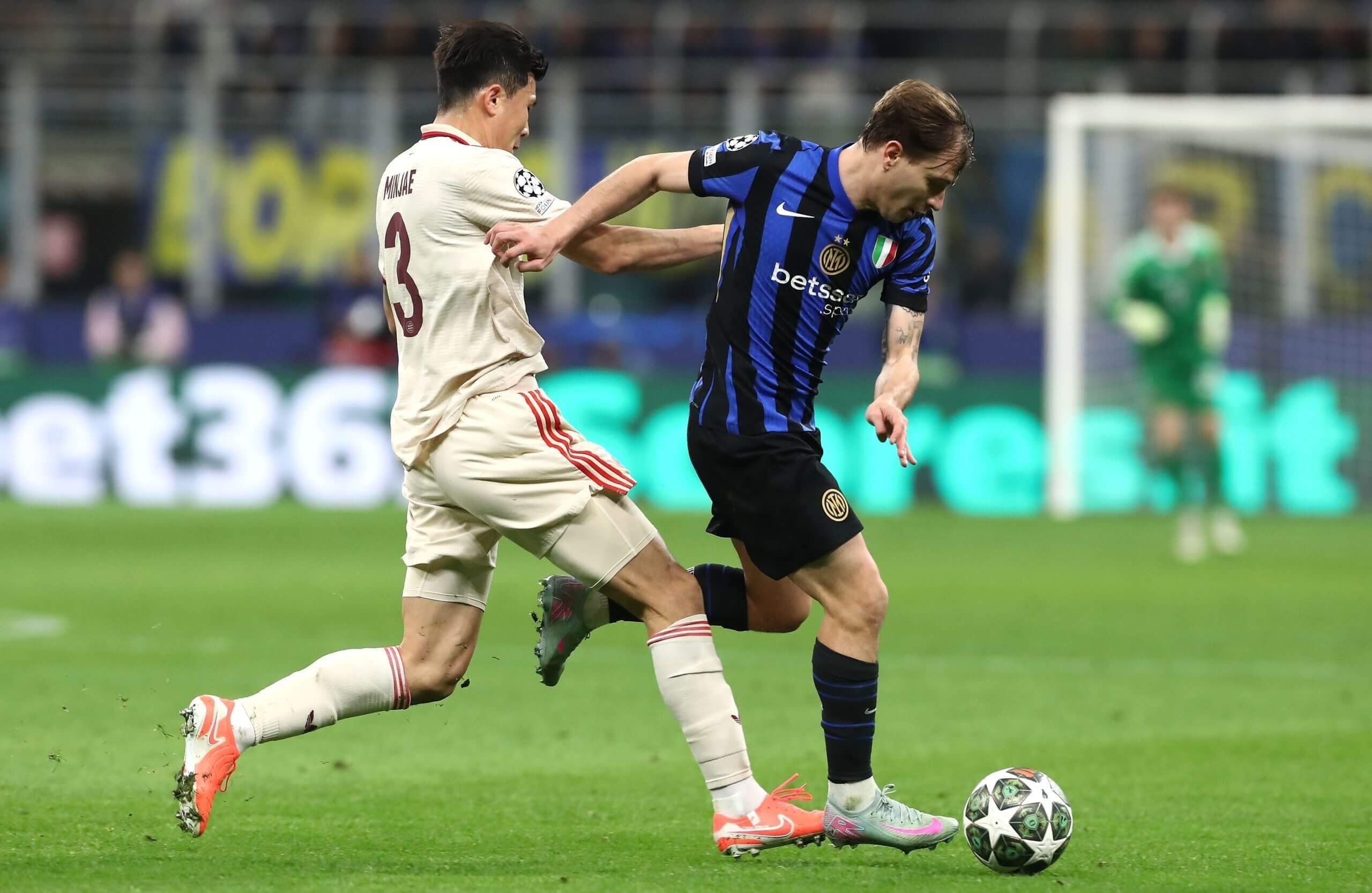
Over the last decade or so, football has been obsessed with pressing. This is not a new concept in the sport, of course — you can trace it back over the best part of a century — but recently it’s reached a level that makes you question whether football is on the right track. The increased physical capacity of modern footballers means they can sprint faster, and run further, and do it again and again and again.
Advertisement
The benefits of pressing, of course, are perfectly obvious. Wanting to win possession high up the pitch is both valuable for the team and potentially exciting for spectators. The problem comes when footballers are selected primarily for their pressing rather than their ability in possession. At that point, running power has overwhelmed technical quality, and undermines the appeal of football, which should be aesthetically pleasing rather than just physically intense.
So, when the former Manchester United manager Ralf Rangnick complained that Cristiano Ronaldo “was not a player who was crying, shouting ‘Hurray! The other team has got the ball, where can we win balls?’,” you start to question what football is all about. Do we really want world-class players who cheer when the opposition have the ball because they might be able to force a high turnover? Or do we want world-class footballers who, you know, actually prefer it when their own side is in possession?
This isn’t to deplore the concept of pressing. When Arsenal won the Women’s Champions League final last weekend, their pressing was excellent. But it was intelligent pressing from a side whose deep midfield duo comprised two No 10s at heart, and a centre-back pairing featuring a converted central midfielder and a converted left-back. It was primarily a technical, ball-playing side — who also pressed well.
That brings us to this weekend’s men’s final, where both sides should be considered along the same lines. The tendency has been to assess PSG in terms of their work rate without possession, because it’s such a stark contrast from the days when Lionel Messi, Kylian Mbappe and Neymar switched off. But there’s a danger that we’re considering things in the wrong manner. Yes, PSG are combative and aggressive at times, but they’re also extremely technical in midfield.

PSG celebrate beating Arsenal in the Champions League semi-finals (David Ramos/Getty Images)
In an interview with The Athletic ahead of PSG’s semi-final win over Arsenal, for example, Joao Neves spoke about how he enjoys hunting down the opposition and winning possession. But he also said something more interesting. “I think they are maybe more physical and we are perhaps better with the ball,” Neves said ahead of the meeting with Arsenal. “What we want to do is defend with the ball in their half of the pitch. Because having the ball is the best way to defend.”
Advertisement
Neves saw his side as the better footballers, and he was right. After that game, statistics were flying around on social media about Neves making the highest number of tackles in a Champions League campaign since Gennaro Gattuso in 2007-08. Fair enough, but the new structure of the competition has meant two extra group-stage (now ‘league phase’) games and two extra knockout stage games for PSG, which distorts things a bit. But we’ve become obsessed with judging midfielders through their ball-winning ability, rather than their ball-playing ability.
Fabian Ruiz, while the most physically imposing player of the PSG’s midfield trio, is excellent at keeping the ball and playing forward passes. He was probably Spain’s best player in their triumphant Euro 2024 side last summer, with his brilliant double-chop-back and finish against Croatia a particular highlight.
Behind them, Vitinha is the real genius. He starts deep, and is terrifyingly comfortable receiving the ball under pressure. But he’s also unusually positive with his positioning, often popping up in advanced roles thanks to PSG’s rotations in midfield. At times, you can’t quite tell which of the three midfielders has which role, because of the fluidity and understanding in possession. That is surely more worthy of attention than their pressing.
If anything, Inter are even more technical. Their deepest midfielder is Hakan Calhanoglu, who spent the first part of his career as a No 10, before dropping back into this deep position to produce the best form of his career. “(Andrea) Pirlo was always my idol,” Calhanoglu said last year. “I liked the way he played, how cool he was on the pitch. He didn’t feel stress.” Like Pirlo, Calhanoglu is a trequartista-turned-regista. But he’s also the opposite of Pirlo, going from Milan to Inter rather than Inter to Milan.
Slightly ahead, and to his left, is Henrikh Mkhitaryan, another converted No 10. This is a player who first attracted attention when he topped the goalscoring charts in Ukraine with 25 goals in 2012-13 for Shakhtar Donetsk. Dortmund signed him as a replacement for Mario Gotze. In his time in England with Manchester United and Arsenal, he was often wasted out wide, and thrived when brought inside to play as No 10. But, like Calhanoglu, he has moved deeper and, at the age of 36, feels more capable than ever of influencing the biggest games.
The most tenacious of the three midfielders is also the most advanced. Nicolo Barella is an all-action player who scampers forward into attack. Under Antonio Conte, his running felt like his defining quality but he’s turned into a calmer and more intelligent footballer.

Barella in action against Bayern Munich in the quarter-finals (Marco Luzzani/Getty Images)
Inter, of course, press well too. They do so in different ways in different games, sometimes going man-for-man and sometimes being methodical in setting traps and then pouncing as a unit. But the more unusual aspect of their game plan is what they do in possession, particularly the way they suddenly move multiple centre-backs up the pitch, temporarily forming a back line featuring two midfielders who have dropped in. They’re also notable for almost eschewing the concept of dribbling, and focusing on passing and movement to go beyond opponents.
Advertisement
The rise of pressing, of course, has created the conditions for this to happen. Because teams are being pressured across the pitch, they have turned to footballers comfortable on the ball in deep zones. They’ve worked on rotating positions to play through pressure. They increasingly bait the press to create space and attack at speed.
All those things can be thrilling, but if the pressing itself is considered the most impressive aspect of the European champions, things have gone wrong. Saturday’s midfield battle will be influenced by pressing. But hopefully, whoever wins, we’ll all be talking about the technical quality.
(Top photos: Getty Images)
This news was originally published on this post .






Be the first to leave a comment